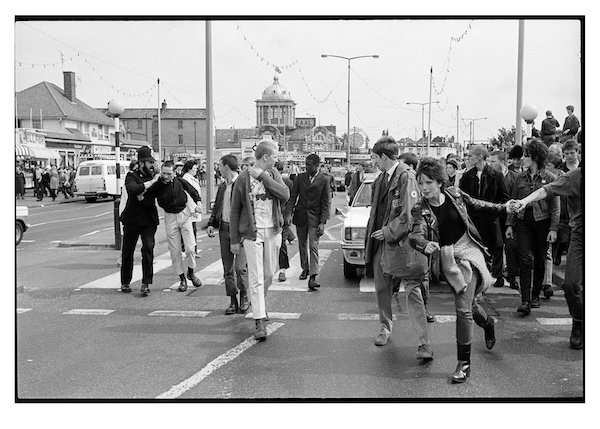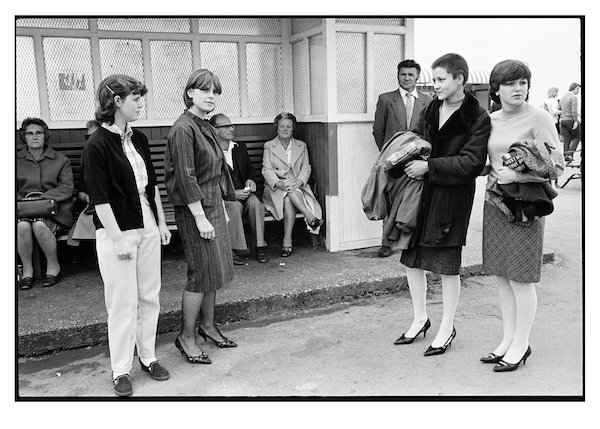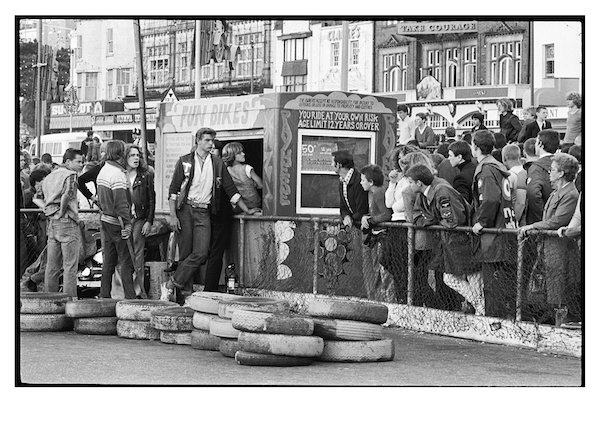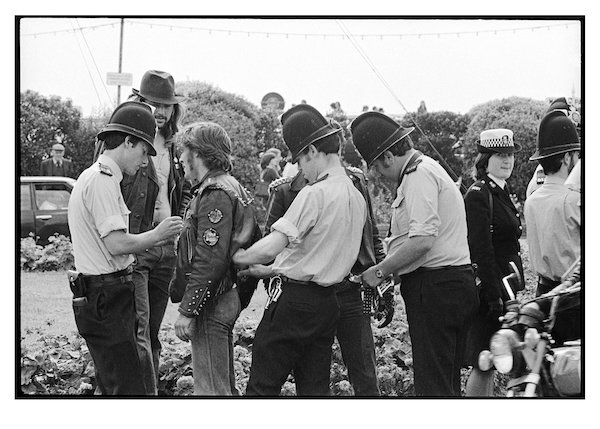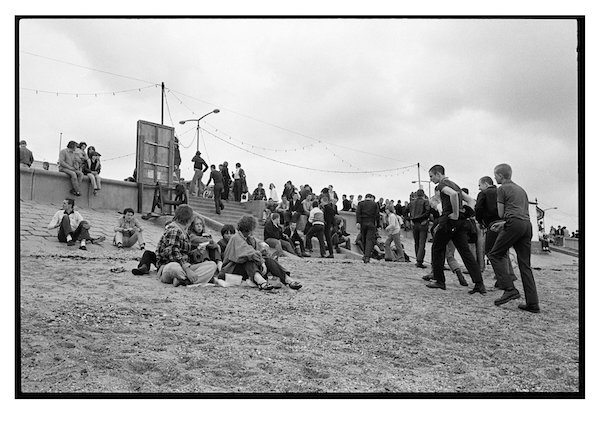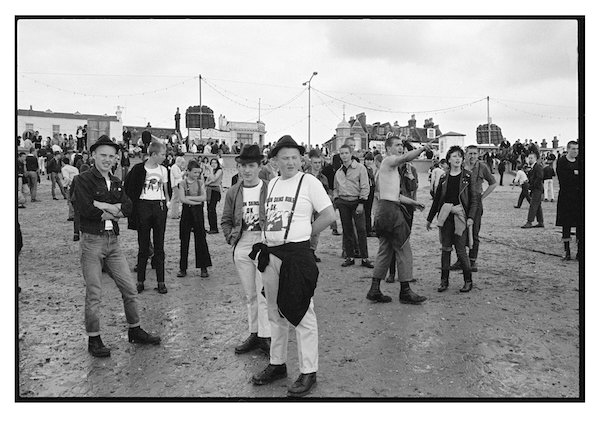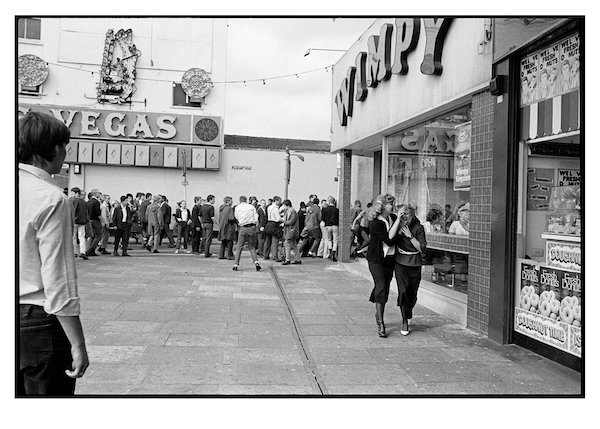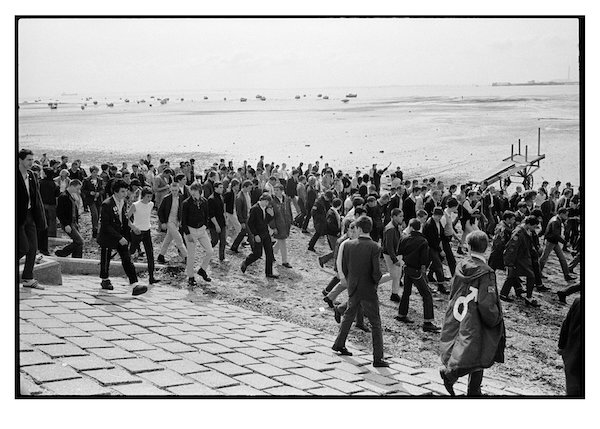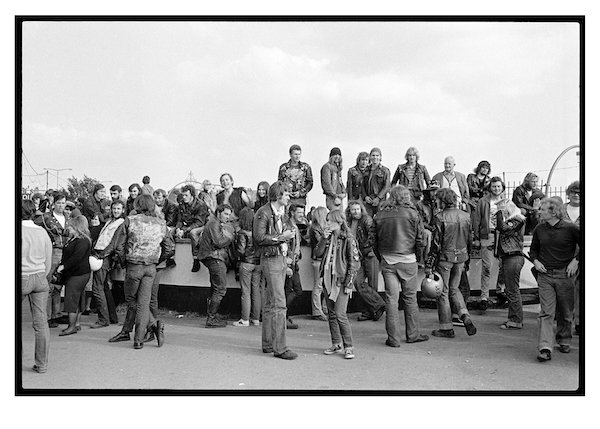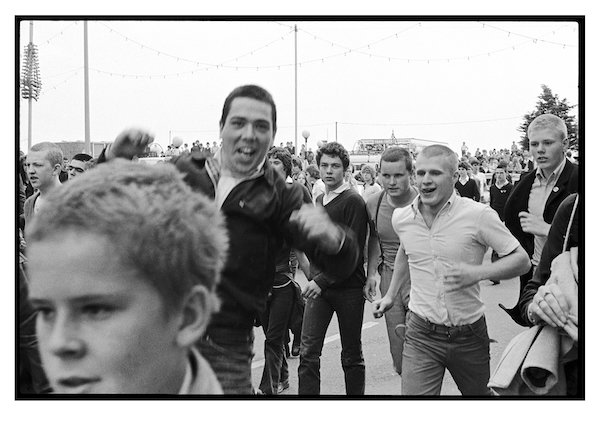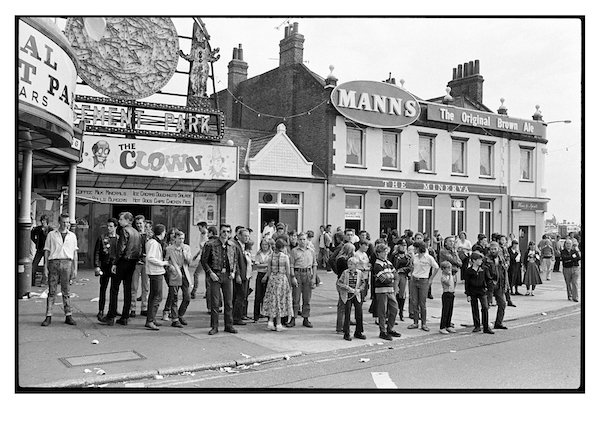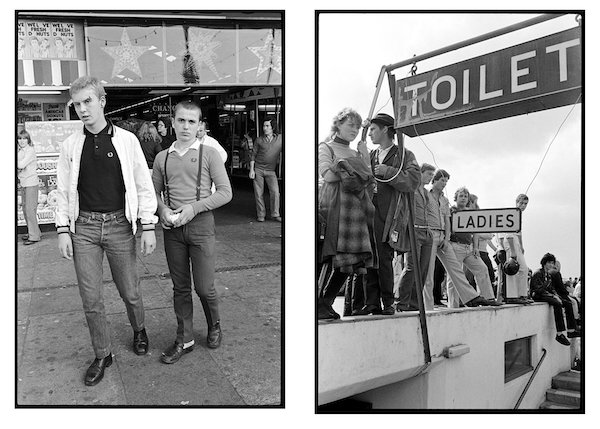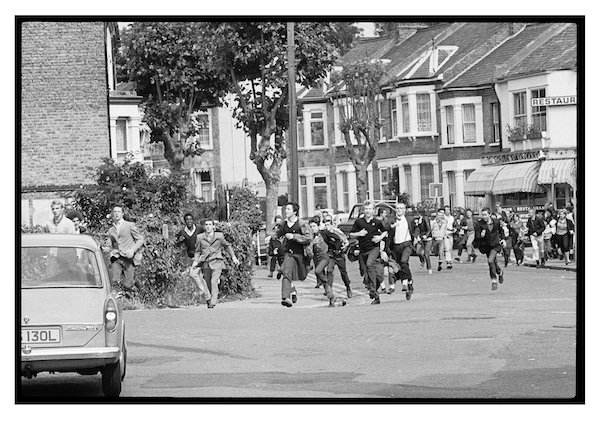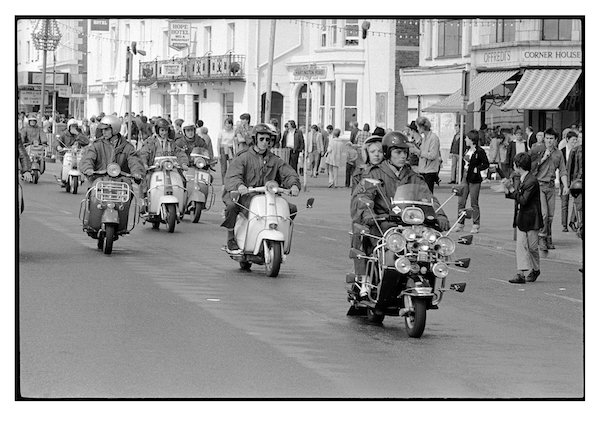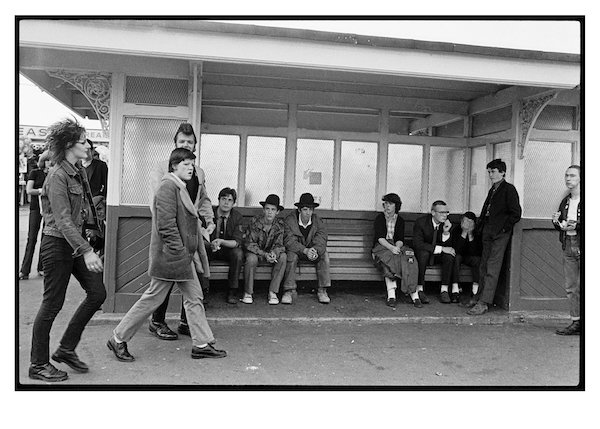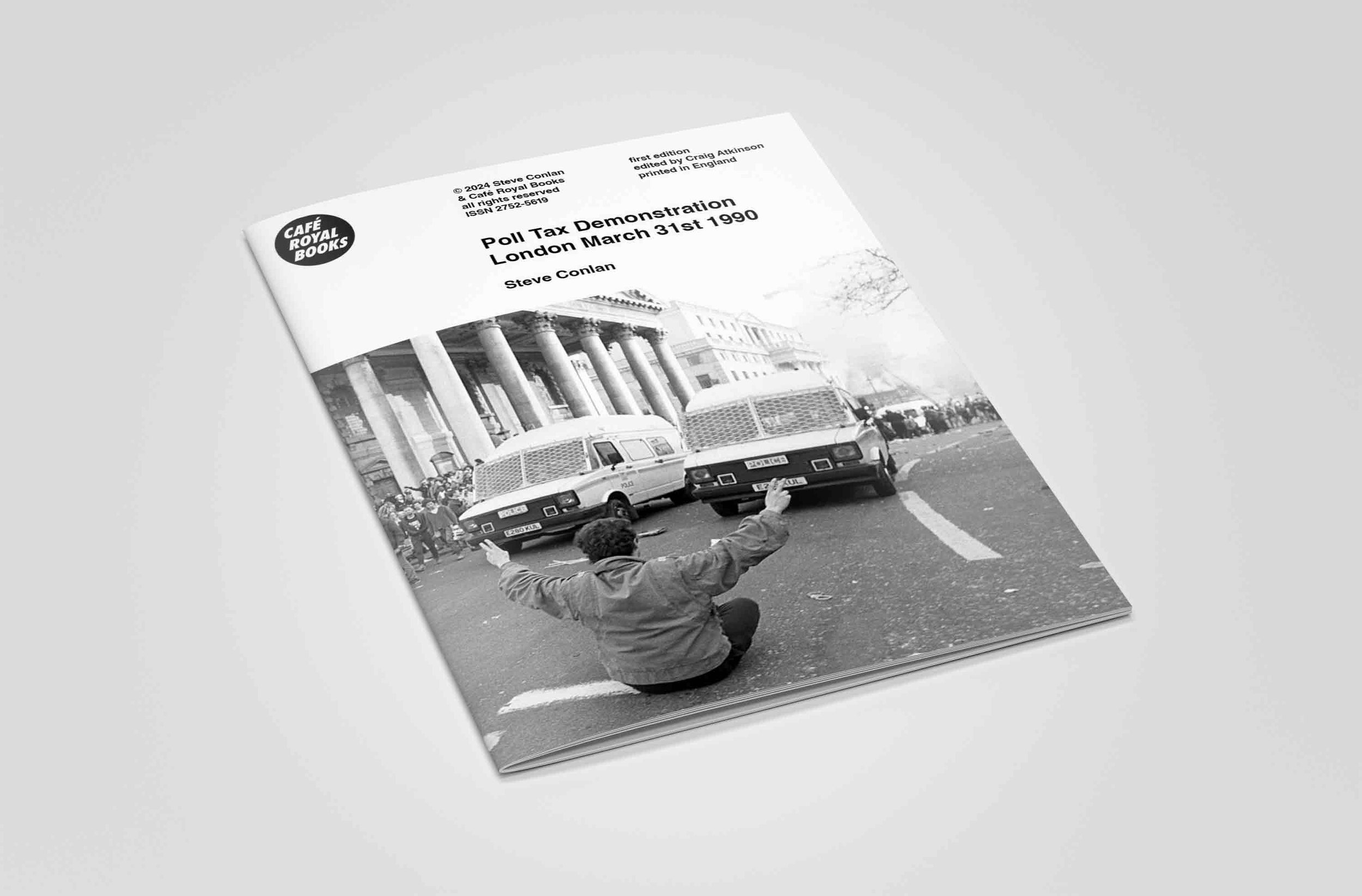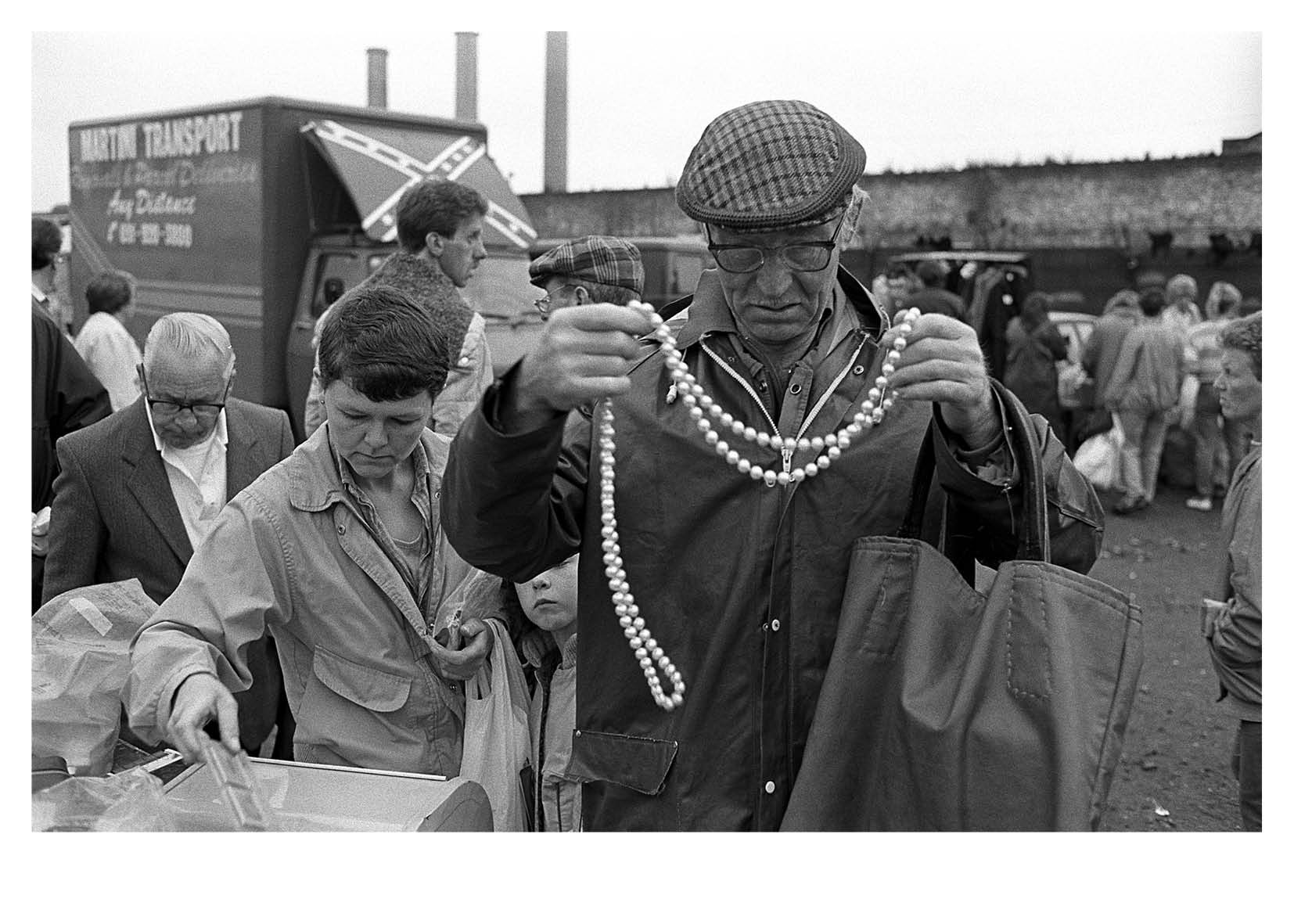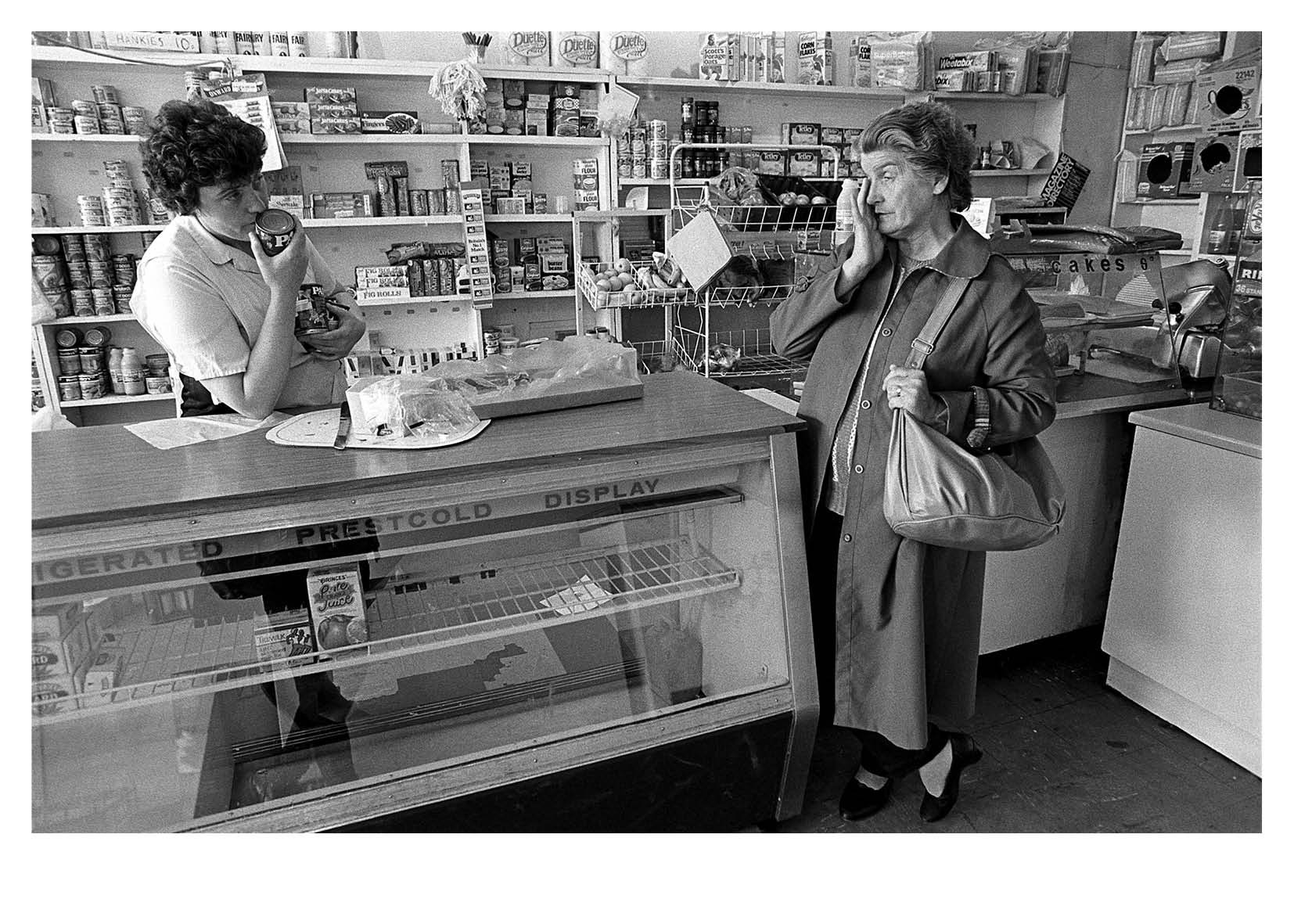 Image 1 of 38
Image 1 of 38

 Image 2 of 38
Image 2 of 38

 Image 3 of 38
Image 3 of 38

 Image 4 of 38
Image 4 of 38

 Image 5 of 38
Image 5 of 38

 Image 6 of 38
Image 6 of 38

 Image 7 of 38
Image 7 of 38

 Image 8 of 38
Image 8 of 38

 Image 9 of 38
Image 9 of 38

 Image 10 of 38
Image 10 of 38

 Image 11 of 38
Image 11 of 38

 Image 12 of 38
Image 12 of 38

 Image 13 of 38
Image 13 of 38

 Image 14 of 38
Image 14 of 38

 Image 15 of 38
Image 15 of 38

 Image 16 of 38
Image 16 of 38

 Image 17 of 38
Image 17 of 38

 Image 18 of 38
Image 18 of 38

 Image 19 of 38
Image 19 of 38

 Image 20 of 38
Image 20 of 38

 Image 21 of 38
Image 21 of 38

 Image 22 of 38
Image 22 of 38

 Image 23 of 38
Image 23 of 38

 Image 24 of 38
Image 24 of 38

 Image 25 of 38
Image 25 of 38

 Image 26 of 38
Image 26 of 38

 Image 27 of 38
Image 27 of 38

 Image 28 of 38
Image 28 of 38

 Image 29 of 38
Image 29 of 38

 Image 30 of 38
Image 30 of 38

 Image 31 of 38
Image 31 of 38

 Image 32 of 38
Image 32 of 38

 Image 33 of 38
Image 33 of 38

 Image 34 of 38
Image 34 of 38

 Image 35 of 38
Image 35 of 38

 Image 36 of 38
Image 36 of 38

 Image 37 of 38
Image 37 of 38

 Image 38 of 38
Image 38 of 38







































Janine Wiedel — High-Rise 1983. Two Books
Two books, High-Rise 1983 Part one and Part Two.
Each book:
36 pages
printed in England
staple bound
14cm x 20cm
This project was motivated by my interest in architecture and curiosity about it’s effect on people’s lives. I was living in Lambeth at the time and was always passing by two landmark 21-storey tower block buildings. I chose one of these to explore.
The block was built in the mid-1960s by the Greater London Council and by 1983 was administered by Lambeth Council. The main entrances into the building were permanently unlocked which made it possible for me just to walk in and take the elevator to different floors.
By pressing the button and getting off on different floors, I was able to meet a wide range of residents. Those who answered their door to me were very welcoming and pleased to be photographed and to talk about their lives. It was not an easy moment for many residents. Four years into Thatcher’s government, inner city boroughs like Lambeth bore the brunt of soaring unemployment, ideologically motivated attacks on council housing and dramatic cuts to council budgets. Rather than the optimism with which such buildings had been erected in the 1960s I mostly found a sense of isolation and alienation among residents.
It has taken nearly forty years for these photographs to come into the light of day. As such, it has not been possible to re-connect with those who I photographed and who welcomed me and gave me a glimpse into their lives at that specific moment. My thanks to them.
Janine Wiedel 2022
Two books, High-Rise 1983 Part one and Part Two.
Each book:
36 pages
printed in England
staple bound
14cm x 20cm
This project was motivated by my interest in architecture and curiosity about it’s effect on people’s lives. I was living in Lambeth at the time and was always passing by two landmark 21-storey tower block buildings. I chose one of these to explore.
The block was built in the mid-1960s by the Greater London Council and by 1983 was administered by Lambeth Council. The main entrances into the building were permanently unlocked which made it possible for me just to walk in and take the elevator to different floors.
By pressing the button and getting off on different floors, I was able to meet a wide range of residents. Those who answered their door to me were very welcoming and pleased to be photographed and to talk about their lives. It was not an easy moment for many residents. Four years into Thatcher’s government, inner city boroughs like Lambeth bore the brunt of soaring unemployment, ideologically motivated attacks on council housing and dramatic cuts to council budgets. Rather than the optimism with which such buildings had been erected in the 1960s I mostly found a sense of isolation and alienation among residents.
It has taken nearly forty years for these photographs to come into the light of day. As such, it has not been possible to re-connect with those who I photographed and who welcomed me and gave me a glimpse into their lives at that specific moment. My thanks to them.
Janine Wiedel 2022
Two books, High-Rise 1983 Part one and Part Two.
Each book:
36 pages
printed in England
staple bound
14cm x 20cm
This project was motivated by my interest in architecture and curiosity about it’s effect on people’s lives. I was living in Lambeth at the time and was always passing by two landmark 21-storey tower block buildings. I chose one of these to explore.
The block was built in the mid-1960s by the Greater London Council and by 1983 was administered by Lambeth Council. The main entrances into the building were permanently unlocked which made it possible for me just to walk in and take the elevator to different floors.
By pressing the button and getting off on different floors, I was able to meet a wide range of residents. Those who answered their door to me were very welcoming and pleased to be photographed and to talk about their lives. It was not an easy moment for many residents. Four years into Thatcher’s government, inner city boroughs like Lambeth bore the brunt of soaring unemployment, ideologically motivated attacks on council housing and dramatic cuts to council budgets. Rather than the optimism with which such buildings had been erected in the 1960s I mostly found a sense of isolation and alienation among residents.
It has taken nearly forty years for these photographs to come into the light of day. As such, it has not been possible to re-connect with those who I photographed and who welcomed me and gave me a glimpse into their lives at that specific moment. My thanks to them.
Janine Wiedel 2022


